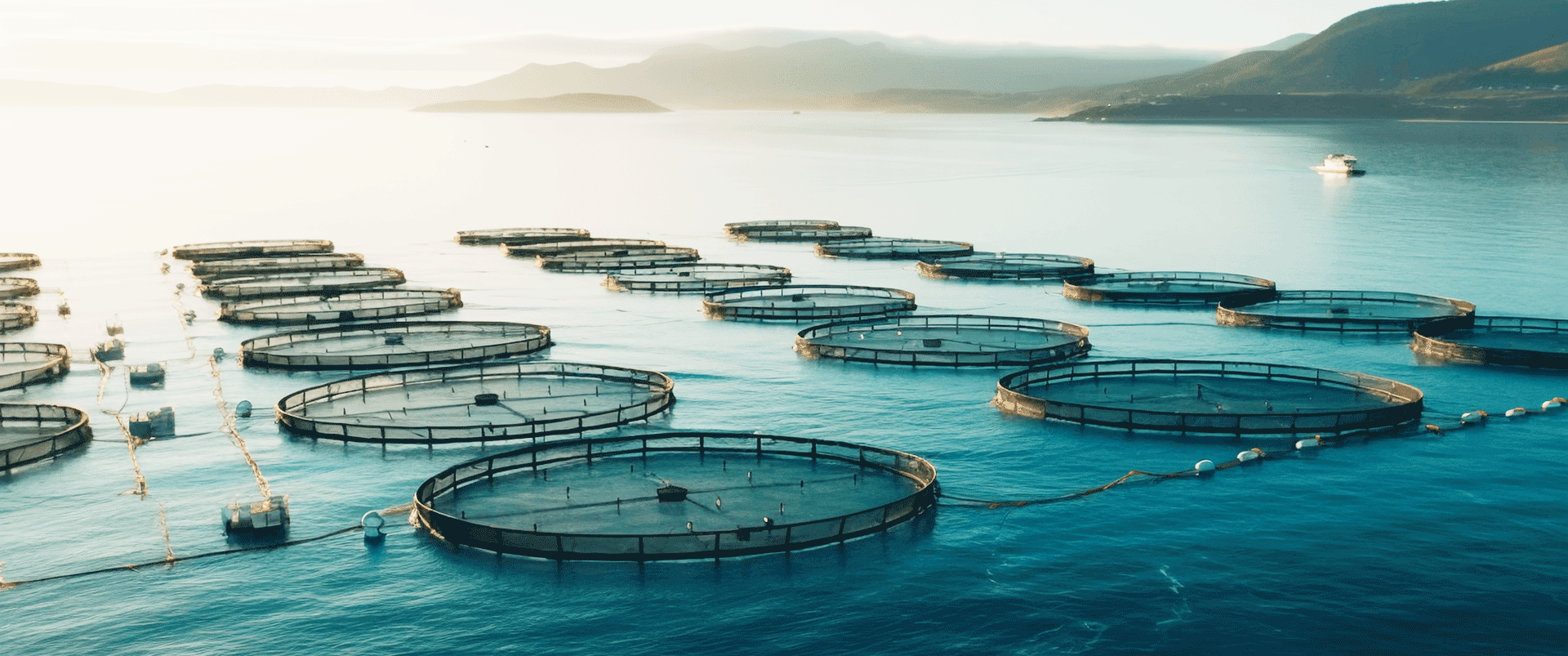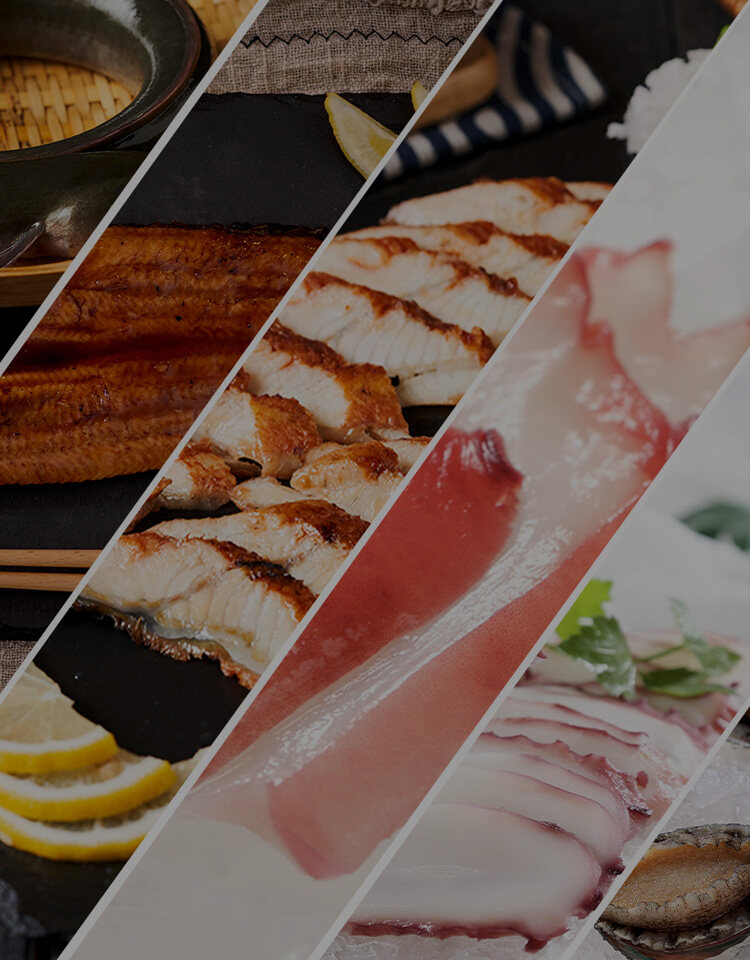Email cannot be empty
Password cannot be empty
Email format error
Email cannot be empty
Email already exists
6-20 characters(letters plus numbers only)
The password is inconsistent
Email format error
Email cannot be empty
Email does not exist
6-20 characters(letters plus numbers only)
The password is inconsistent


The World of Custom Seafood Processing: From Ocean to Plate
The seafood industry is vast, diverse, and ever-evolving, connecting the delicate flavors of the ocean to dinner tables across the world. But behind every succulent piece of fish, every tender shrimp, and every briny oyster, there lies a complex and intricate process that ensures the seafood you enjoy is fresh, safe, and tailored to your specific needs. This process is known as custom seafood processing, a term that might not be familiar to everyone, but it plays a crucial role in the journey from ocean to plate.
What is Custom Seafood Processing?
At its core, custom seafood processing involves the careful handling, preparation, and packaging of seafood to meet the specific demands of customers. Whether it's a restaurant looking for perfectly filleted salmon, a grocery store requiring pre-packaged crab legs, or an individual who wants their catch of the day expertly cleaned and portioned, custom seafood processing is the solution.
Unlike mass-produced seafood products, which often prioritize quantity over quality, custom processing allows for a more personalized approach. This means that the seafood is not only handled with greater care but can also be prepared according to the exact specifications of the buyer. From the method of cleaning to the style of filleting, every step is customized to ensure the final product meets the highest standards of quality and freshness.
The Journey of Seafood: From Ocean to Processing Plant
The journey of seafood from the ocean to a processing plant is a fascinating one. It all begins with the catch, which could be anything from wild-caught salmon in the icy waters of Alaska to farmed shrimp in the warm coasts of Southeast Asia. Once caught, the seafood must be transported to a processing facility as quickly as possible to preserve its freshness.
At the processing plant, the seafood undergoes a series of steps designed to ensure it remains in optimal condition. This might involve immediate freezing, particularly for products that are destined for international markets, or it might include more detailed processing like cleaning, filleting, and deboning.
Custom seafood processing takes this a step further by tailoring these steps to meet the unique needs of the customer. For instance, a high-end restaurant might require its fish to be filleted in a specific way to enhance the presentation of a dish. Alternatively, a seafood distributor might need the product to be vacuum-sealed in precise portions for easy resale.
Why Custom Seafood Processing Matters
In an age where consumers are increasingly concerned about the origins of their food, the importance of custom seafood processing cannot be overstated. Not only does it ensure that the seafood is handled with care, but it also allows for greater transparency in the supply chain. Customers can have confidence that the seafood they purchase has been processed according to their exact specifications, whether that means ensuring it is sustainably sourced, free of preservatives, or simply prepared in a way that maximizes flavor.
Moreover, custom seafood processing is essential for maintaining the delicate balance between supply and demand in the seafood industry. By processing seafood to order, waste is minimized, and resources are used more efficiently. This is particularly important in a world where overfishing and environmental degradation are major concerns.
The Role of Technology in Custom Seafood Processing
Technology has revolutionized many industries, and seafood processing is no exception. Advances in machinery and automation have made it possible to process seafood more quickly and accurately than ever before. For example, high-tech filleting machines can now make precise cuts that minimize waste and maximize yield, while advanced packaging techniques like vacuum sealing help to extend the shelf life of products without the need for chemical preservatives.
However, while technology plays a vital role in custom seafood processing, the human touch remains irreplaceable. Skilled workers are needed to inspect the seafood, ensure it meets quality standards, and carry out the more intricate tasks that machines cannot yet perform. This combination of technology and craftsmanship is what makes custom seafood processing so effective.
Custom Seafood Processing for Different Markets
One of the most fascinating aspects of custom seafood processing is how it can be tailored to different markets around the world. Seafood is a global commodity, and different regions have different tastes, preferences, and requirements. Custom processing allows seafood producers to cater to these diverse markets, ensuring that the product is perfectly suited to the local palate.
For example, in Japan, where sushi is a staple, seafood processing might involve carefully slicing fish into thin, uniform pieces that are perfect for sashimi. In the United States, where convenience is often key, processing might involve pre-cooking and packaging seafood so that it can be easily prepared at home. In Europe, where there is a strong emphasis on sustainability, custom processing might focus on ensuring that the seafood is sourced from certified sustainable fisheries.
Sustainability and Custom Seafood Processing
Sustainability is a major concern in the seafood industry, and custom seafood processing can play a significant role in promoting more responsible practices. By processing seafood to order, producers can reduce waste and ensure that they are only taking what is needed from the ocean. This is crucial in helping to preserve fish stocks and protect marine ecosystems.
Furthermore, custom processing can help to promote the use of more sustainable fishing methods. For example, by working closely with customers, processors can ensure that they are sourcing their seafood from fisheries that use methods that minimize bycatch and avoid damaging the seafloor. This not only helps to protect the environment but also ensures that customers are getting a product that they can feel good about.
The Future of Custom Seafood Processing
As the global demand for seafood continues to grow, the role of custom seafood processing is likely to become even more important. Advances in technology will undoubtedly continue to shape the industry, making it possible to process seafood more efficiently and with even greater precision. However, the human element will remain crucial, as skilled workers are needed to ensure that the seafood is handled with care and attention to detail.
In addition, as consumers become more aware of the environmental impact of their food choices, the demand for sustainable and responsibly sourced seafood is likely to increase. Custom seafood processing is well-positioned to meet this demand, offering a way for producers to tailor their products to meet the specific needs of eco-conscious customers.
Conclusion
Custom seafood processing is an essential part of the seafood industry, connecting the ocean's bounty with consumers around the world. It offers a level of personalization and care that is simply not possible with mass-produced seafood products, ensuring that the final product is not only fresh and delicious but also tailored to the specific needs of the customer.
Whether it's a chef looking for the perfect cut of fish, a retailer needing seafood packaged in a particular way, or a consumer wanting to know exactly where their seafood comes from, custom seafood processing provides the solution. As the industry continues to evolve, this personalized approach will play a crucial role in ensuring that the seafood we enjoy is of the highest quality, sustainably sourced, and perfectly suited to our tastes.
In the world of seafood, there's no one-size-fits-all solution. But thanks to custom seafood processing, there doesn't need to be.

